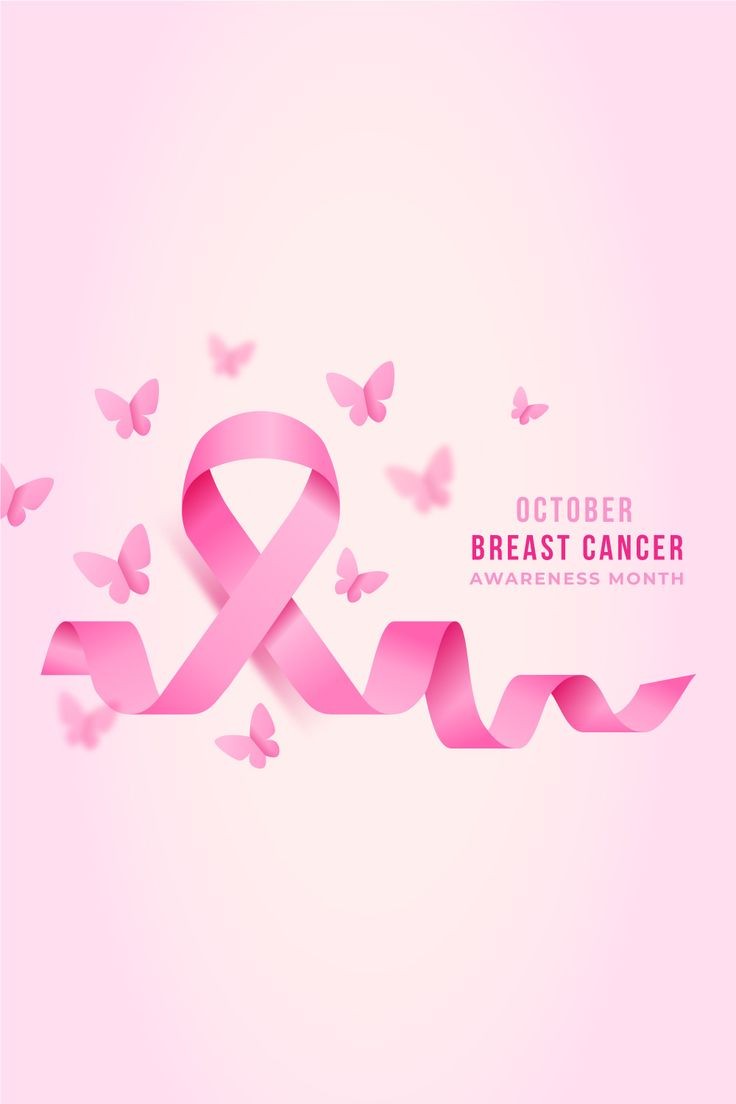Is SUGAR making you FAT?
If you have been following a low fat diet and the pounds don’t seem to bulge, perhaps you need to look at your sweet tooth. Nutritionists now believe that sugar is increasingly making more people fat, especially because most processed foods have it. Being overweight increases your risk of heart disease and other health conditions. It is time you looked at the amount of sugar, including hidden sugars, that you consume each day. This may hold the key to your being overweight or suffering from various conditions including high blood pressure and high cholesterol.
Most diets consist of more than 30 percent sugar if you take into account the number of teaspoons you add to your tea, the amount in the sugary drinks and all the processed foods you eat including sugary deserts, biscuits, bread, chocolate, fruits and so on. Consuming more than 30 percent sugar is three times the maximum recommended intake of sugar set by the World Health Organisation (WHO).
Extra weight is one of the ways we pay for this overindulgence in sugar, and so don’t be surprised if your waistline keeps increasing. Many diets are high in sugar and many people do not realise this as they only count the number of teaspoons of sugar they add to their tea or porridge.
Many people think dietary fat turns to body fat but this is not necessary true. It’s the no-fat or low-fat foods that are high in sugar you should watch out for. Such foods raise the levels of blood sugar rapidly and your body is forced to excrete more insulin to control it. High insulin levels then encourage weight gain.
Researchers have found that high insulin levels encourage the body to convert food into fat, rather than burn it as energy. High insulin has also been found to prevent your body from breaking down previously stored fat.
The health risks of excess sugar do not stop there. Stressing your body with high insulin levels is the main cause of adult onset diabetes, a disease that afflicts many people. Diabetes is also linked to elevated levels of bad (LDL) cholesterol, a high-risk of heart disease and Alzheimer’s disease.
Setting limits…
So what’s a healthy intake of sugar? While men should consume no more than 65g of added sugar a day, women should not exceed 50g. A chocolate bar (the average bar of milk chocolate contains around 30g of sugar) will fill your daily allowance if you eat three savory meals as well. Add a pudding or sweet fizzy drink and you will probably go over your daily sugar limit.
If you want something sweet, eat one or two squares of chocolate or a small pudding but no more. Avoid processed foods that tend to contain added sugar, as well as cakes, biscuits, pastries and other treats as much as possible. While high-energy snacks such as oatmeal cookies may seem healthy, they can contain seven to 10g of sugar each. Limit your intake of smoothies too – even though they are healthy, they are packed with natural fruit sugar so it’s best to dilute them with 50 percent water. Reduce your added sugar intake – instead of using two teaspoons in a cup of tea or coffee, cut down to one. Also reduce the number of cups you take a day.
If you can, try drinking your tea without sugar especially if you consume many cups a day – you will see the difference it will make to your waistline. This may take some time but once you get used to the taste of tea without sugar, you will never want to add sugar again. This is a healthy lifestyle change, so give it a try.
Hidden forms of sugar
There are many types of sugar so you could easily miss this ingredient on food labels. There are sugars found in many processed foods and snack bars and go by different names.
*Corn syrup, dextrin, beet sugar, corn sweetener, high fructose corn syrup, malt, molasses and so on.
*Any ingredient ending in ‘ose’ denotes sugar. These include lactose, fructose, glucose, maltose and sucrose.
Published on February 2013




